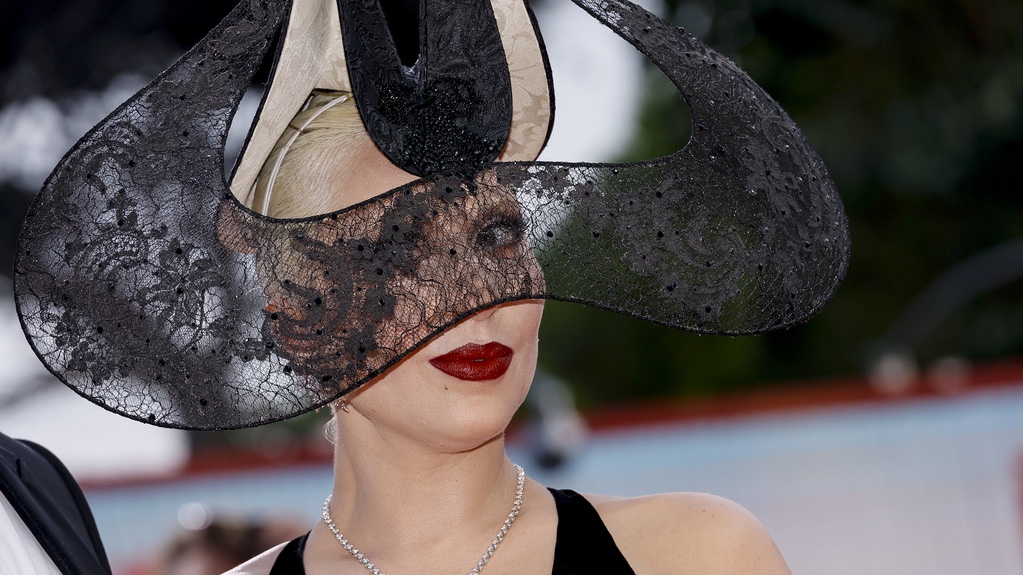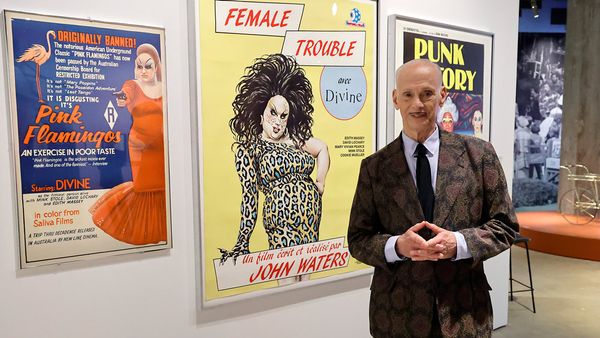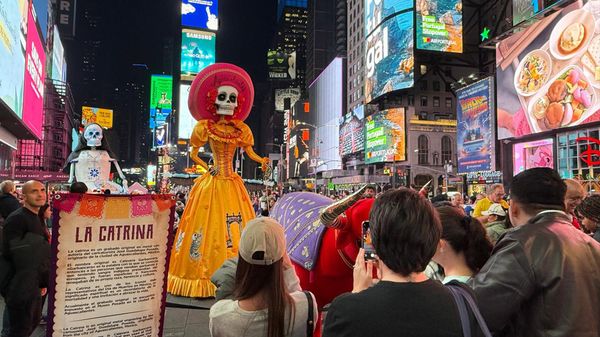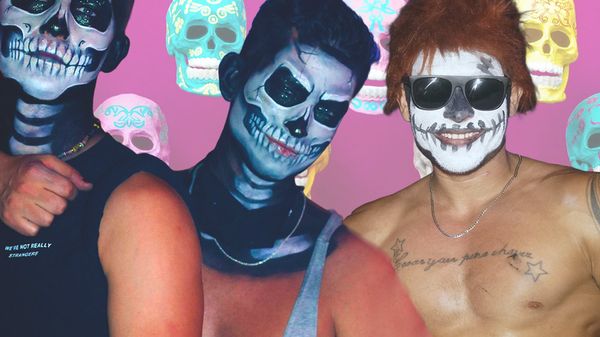
July 23, 2017
Ethnic Energies
Paul Parish READ TIME: 5 MIN.
For four decades the hottest dance entertainment of the summer has been the San Francisco Ethnic Dance Festival. There is nothing like it anywhere else in the country. Even New York falls behind our concentration of cultural variety and mutual goodwill. There are over 450 dance companies in the network of World Arts West, which organizes and presents the festival, so when they present the year's best, it's both hugely popular and aesthetically and intellectually distinguished.
Typically for the Bay Area, the dance groups are themselves inclusive. Nearly all of them welcome students from any background who are interested in learning dance traditions of a culture not their own. It's a common sight to see a black face in a Chinese dance company, or a white guy in a Japanese one. It's the rule rather than the exception, and gays are welcome everywhere. The only question that seems to matter is, "Can you dance?"
They got their start with grants from the SF Hotel Tax Fund (now known as Grants for the Arts) back in the 70s, when in the dance world all boats were rising. The Ford Foundation sent help to rescue the bankrupt SF Ballet, and helped the Dance Coalition get strong. Stanford and UC Berkeley brought in professors of African dance from West and Central Africa, setting up centers for training at the highest levels outside Africa. Classical Indian exponents came to San Jose and Marin County, and gladly trained all comers. As a result we have a well of resources that's astonishingly deep, and the audiences to appreciate them.
After the Ethnic Dance Festival hit its stride with what looked like a permanent residency at the Palace of Fine Arts, filling the houses, it has only grown more popular, so that even the auditions now draw huge crowds. This summer's festival was grander and more glamorous than ever, as fits their ascendance to the War Memorial Opera House, which they filled. Let's hope next year the Opera House will be available for a longer run, for they certainly have more superb companies to show than they could squeeze into the two big shows this season.
But both weekends were blazing with energy. The first was more political, with respect shown for all traditions but a strong undercurrent of protest against the European cultures who had subjugated the Americas. These were contemporary dances created from traditional materials. The satirical dancers of De Rompe y Raja (Peruvian) followed a Stanford group of antiquarians who revived European ballroom steps (beautifully, with great style) then flat-out mocked the minuets of the conquistadores with grotesque parodies of steps we had just seen.
Similarly, the superb hula group Na Lei Hulu I Ka Wekiu presented a ravishingly delicate "new hula," with ladies in silk gowns dancing as if their hands were flowers, to the "Flower Duet" from Delibes' grand opera Lakme, sung exquisitely in French by the countertenor Cortez Mitchell (in white tie and tails) and the soprano Maya Kherani (in a satin ball gown). All softness and elegance, but given what followed, perhaps graciousness masked an equivocating underlayer of meanings. It was followed by a reconstruction of a 19th-century piece where dancers stamped the floor with staves in protest against American annexation of the Hawaiian kingdom.
The music was fabulous throughout. The great tablaist Zakir Hussein, the Latin jazz musician John Santos, the Flamenco singer Jesus Montoya are all superstars in their fields, and we even got a quick set in the first weekend of jamming between Hussein and Santos, who backed up the Cubans in their bring-down-the-house folkloric set, which began with a jazz funeral entrance. They paraded through the house to the stage, then morphed from the old traditions through rumba into casino salsa. Yismari Ramos Tellez lit up the stage like a Broadway star.
Both weekends featured processions that led into the house onto the stage. Both weekends concluded with African-diaspora companies with fantastic drummers who led the audience out of the house after it was over for more dancing in the lobby, then on the stairs in front. The Brazilian company Fogo na Roupa, who ended the first weekend, cast the strongest spell of all. They evoked a spirit of solidarity that seemed an antidote to the climate of fear in this country since the election. Many of these companies' followers have reason to fear the immigration service - if not for themselves, then for their friends. It reminded me of dances in the AIDS era performed by people with AIDS who were dancing as if there was no tomorrow.
The second weekend was simpler. All you had to do was listen to the music, and you could see it in the dancing. The great artist La Tania, widely regarded as the finest Flamenco dancer in California, danced her farewell to the stage, an Allegrias from Cadiz. She can plant herself center stage, pawing and stamping the ground, then spread her thighs and swing her pelvis like a bucket. All this earthy energy is sublimated, becomes like a flame flowing out her outstretched fingertips so you can't tell where her body ends and the air begins. Ole, Tania. Her act was followed seamlessly by Theater Flamenco, the oldest flamenco company in town, who made an elegant foursome of dancers in brilliantly disciplined synchrony flashing their fans. They showed the discipline of maintaining compas, drilling their heels into the floor with the precision the proud tradition demands.
Perhaps the highlights were the two Indian companies performing that night. First was a Bollywood troupe, the Gurus of Dance, who had the energy and panache of club dancers and seemed inspired by hip-hop. The second was a classically-based company, the Natyas of Berkeley, an undergraduate club of students who don't want to let go of their dance-addiction.
The grand finale was about getting down, Tahitian drummers pounding out an intoxicating beat for young women in feathery grass skirts, bending their knees and roiling their hips in every way you can think of, making their skirts go wild. They were followed by Biteza bia Congo, who also got down into their hips and followed their drummers' commands religiously. They led us out of the house, into the lobby, and back into the night.
For my money, the future of dance lies in response to music, to rhythm, to the mysterious way that ideas rise in the mind when you're dancing with others responding to a rhythm that belongs to you all. I believe if you can hear it and respond, it is yours. Long may the SF Ethnic Dance Festival thrive. It supports the best things about our world.







